The famous name stores that could disappear in the next 10 years
The crisis of the brick-and-mortar business
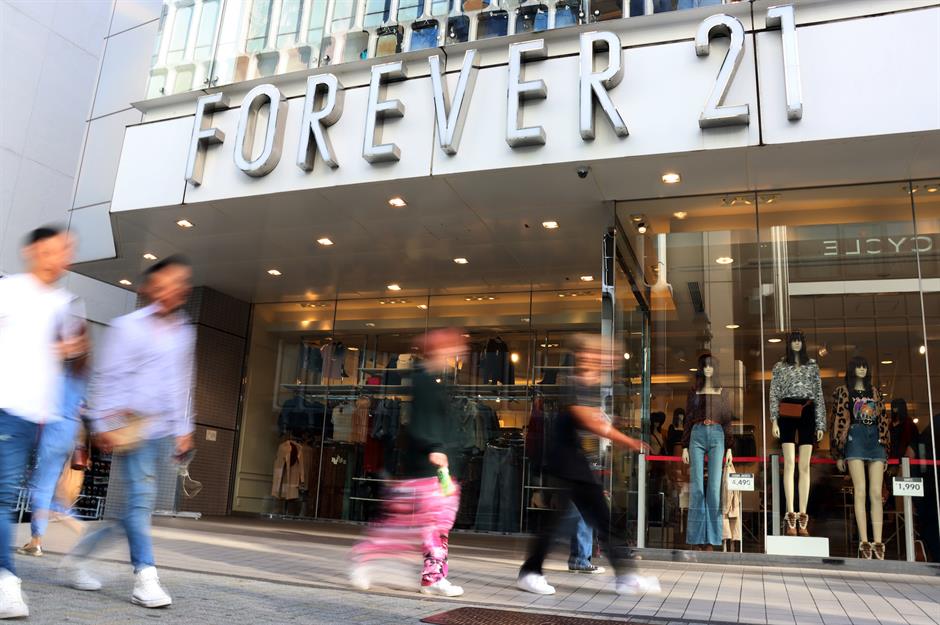
All around the globe the brick-and-mortar business is in crisis as online competition has taken over the retail market. So far in 2019 more than 7,000 stores had to close in the US alone. But it’s not only the likes of Amazon’s fault that large chains and venerable department stores have had to file for bankruptcy. In many cases changing consumer behaviour and expensive buyouts have contributed to the downturn. Here we take a look at big-name stores that could soon be history.
Debenhams
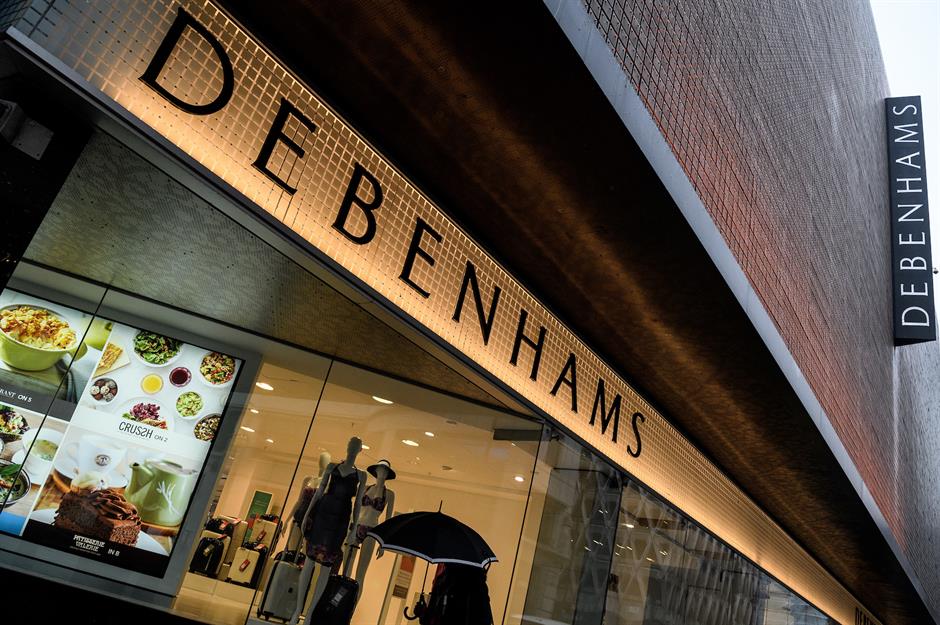
Debenhams
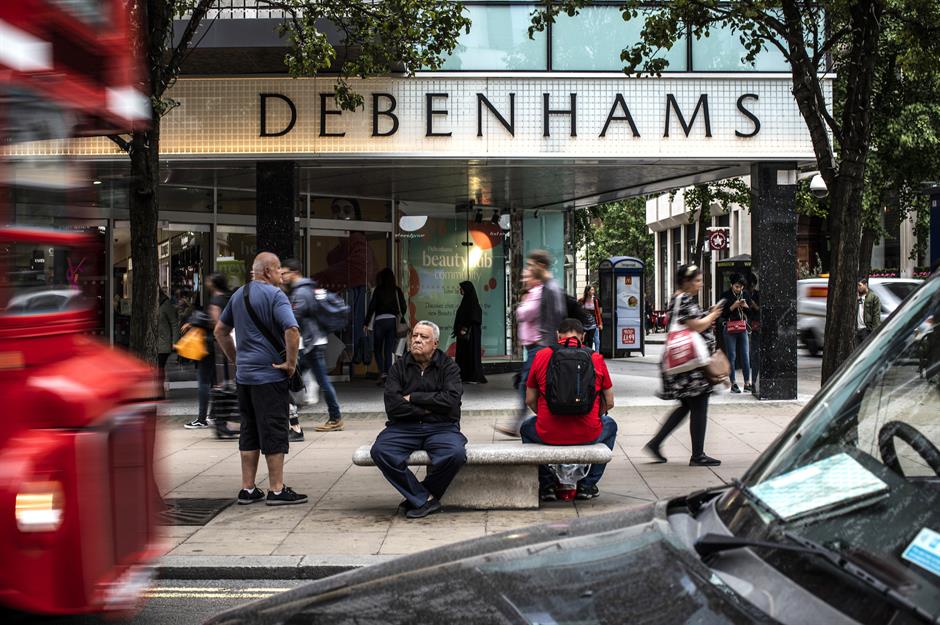
After Debenhams announced the largest loss in its history, $622.4 million (£491.5m) before tax, the company went into administration in April 2019. The operating business was acquired by a group of lenders, giving the business access to $253 million (£200m). But in order to survive the retailer is still going to have to restructure, and is about to close several of its stores, including recently opened locations and its only store in Australia. Some stores may also be converted into cinemas.
JCPenney
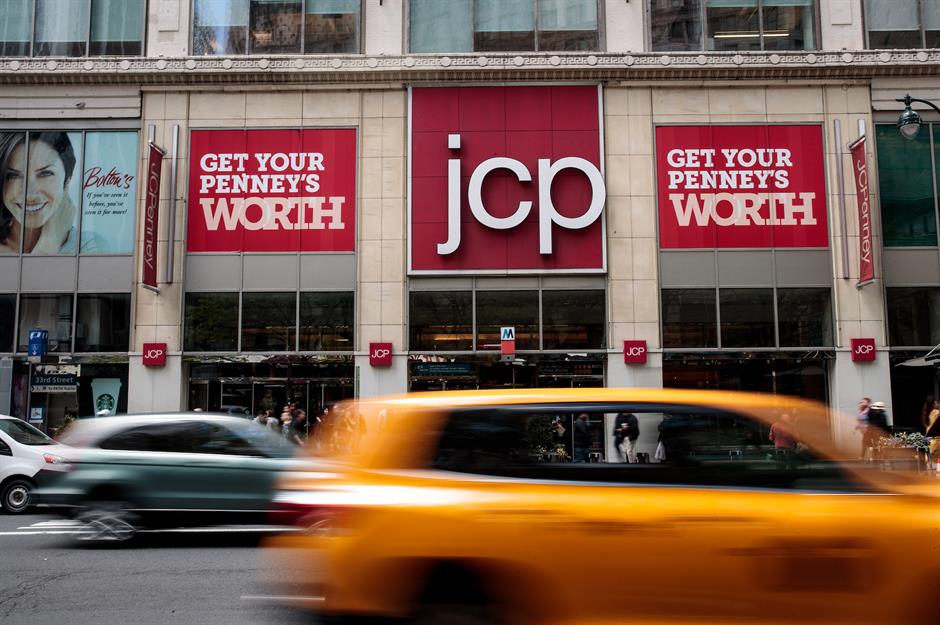
With more than 800 outlets across the country JCPenney is one of America’s largest department stores. Founded in 1902 by James Cash Penney in Wyoming, the retail giant has been in business for almost 120 years. By 1951 JCPenney reached $1 billion in sales and in 1994 the retailer was one of the first to launch an e-commerce website. With the financial crisis in 2008 sales began to fall dramatically though and some damaging decisions were made.
JCPenney
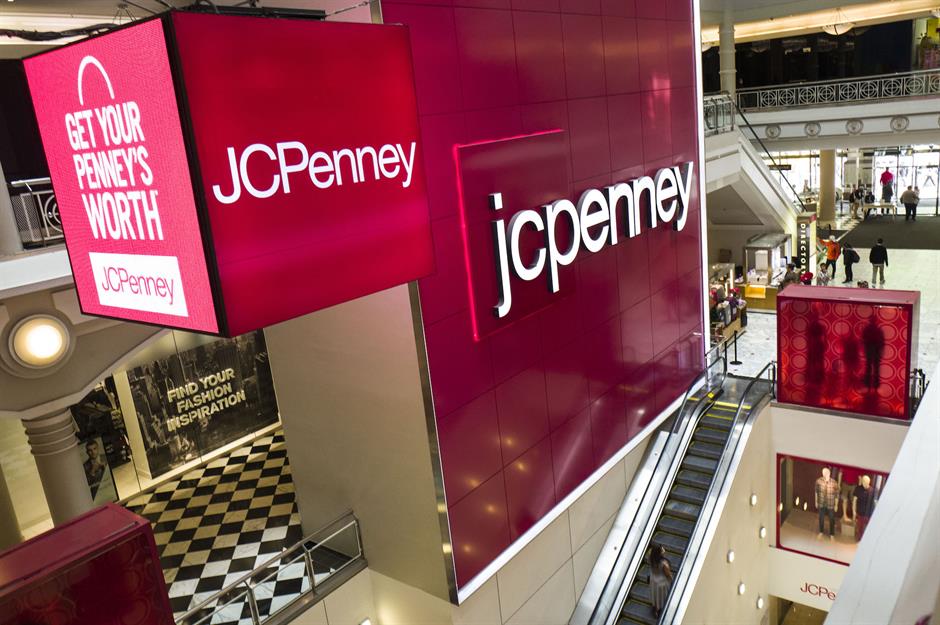
Under the leadership of CEO Myron Ullman JCPenney transformed radically. Logo, marketing strategy and brand selection were changed and coupons no longer printed which didn’t attract but alienated many customers. Sales only dropped further and debts mounted. With net sales down more than 9% in the second quarter of 2019, and plans to shut 27 stores across 13 states, analysts now view the department store at high risk of bankruptcy.
Diesel USA Inc
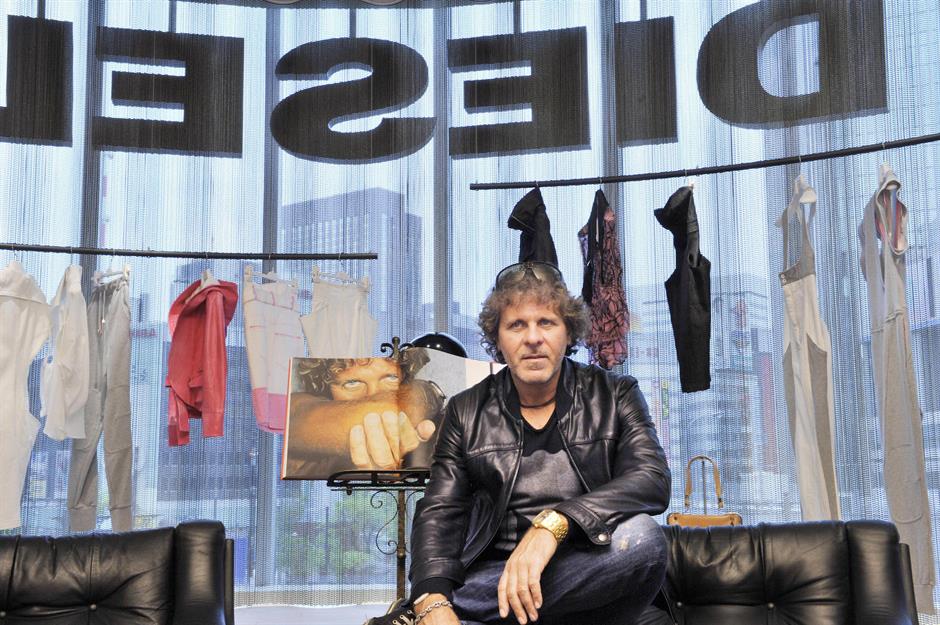
Italian denim retailer Diesel was founded in 1978 by Renzo Rosso (pictured) who began stitching jeans at the age of only 15. Ignoring forecasts of global trends, the brand became known for its unique distressed designs and rebellious spirit. From 1995, Rosso started the US branch of the business, opening large flagship stores in cities like New York. For years sales flourished, but the recent downturn in the retail sector hit the company’s US operations hard.
Diesel USA Inc

Having lost money for six years in a row, New York-based Diesel USA Inc filed for bankruptcy protection from creditors in March 2019. Annual sales plunged 53% and theft and cyber fraud cost the company $1.2 million (£980m) over three years. Also a $90 million (£73.8m) investment, mostly in its US stores, was ill-timed and did not pay out as expected. In March 2019, the company filed for Chapter 11 bankruptcy in Delaware. But the brand doesn't plan to disappear in the US. The bankruptcy filing had a three-year plan attached, that includes refitting old stores to make them cheaper to operate, and even opening new stores. The Italian parent company of the jeans brand is not affected.
Southeastern Grocers
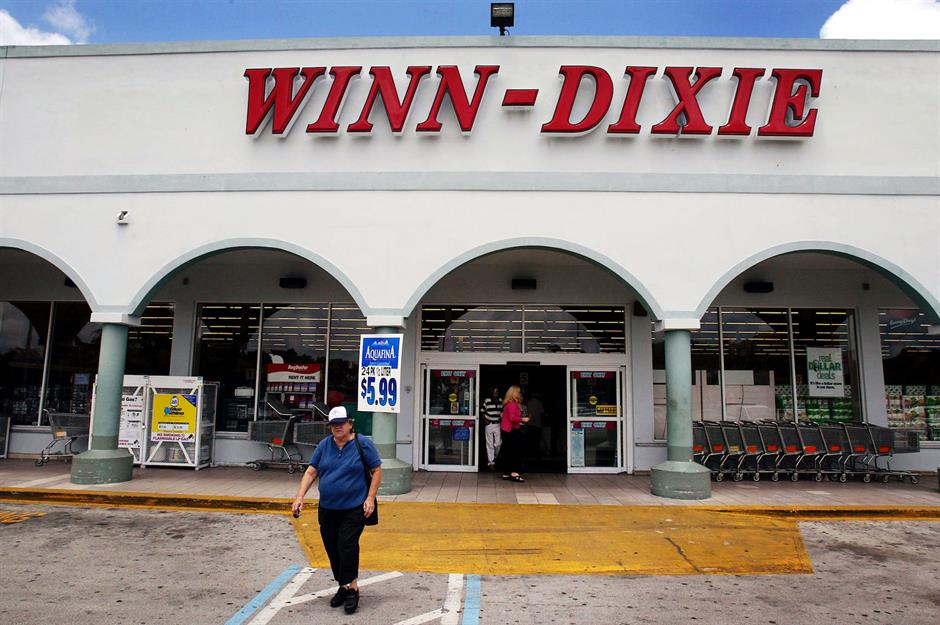
Southeastern Grocers
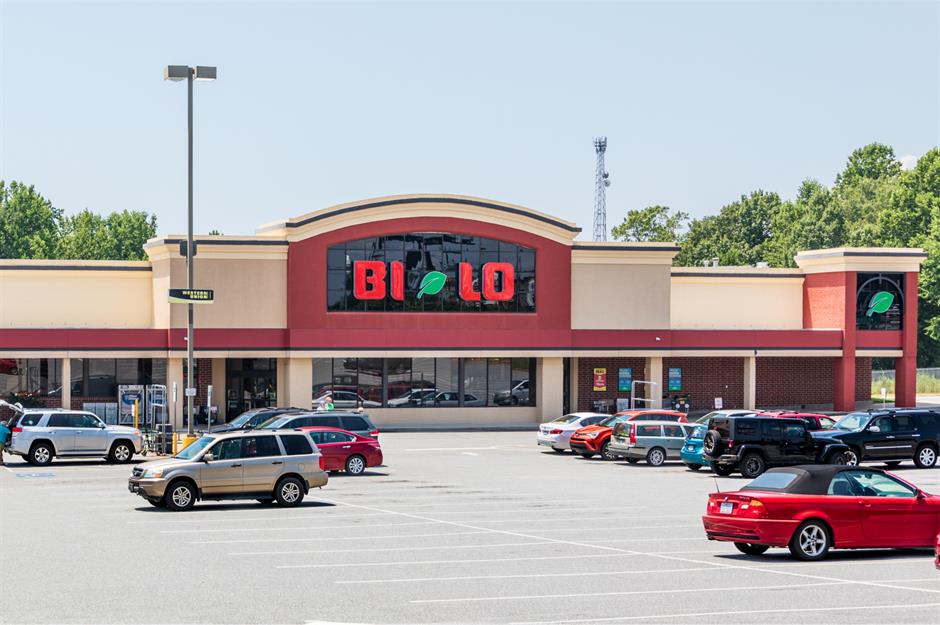
Roberto Cavalli

Italian designer Roberto Cavalli founded his namesake luxury brand in 1975, which became known for glamorous fashion and exotic animal prints. The first boutique opened in Sant-Tropez in 1972, followed by stores in Venice, Milan, Rome and Florence before expanding to the US, Middle East and Hong Kong among others. However, like many other luxury fashion companies, Roberto Cavalli had to deal with significant financial loss in recent years.
Roberto Cavalli
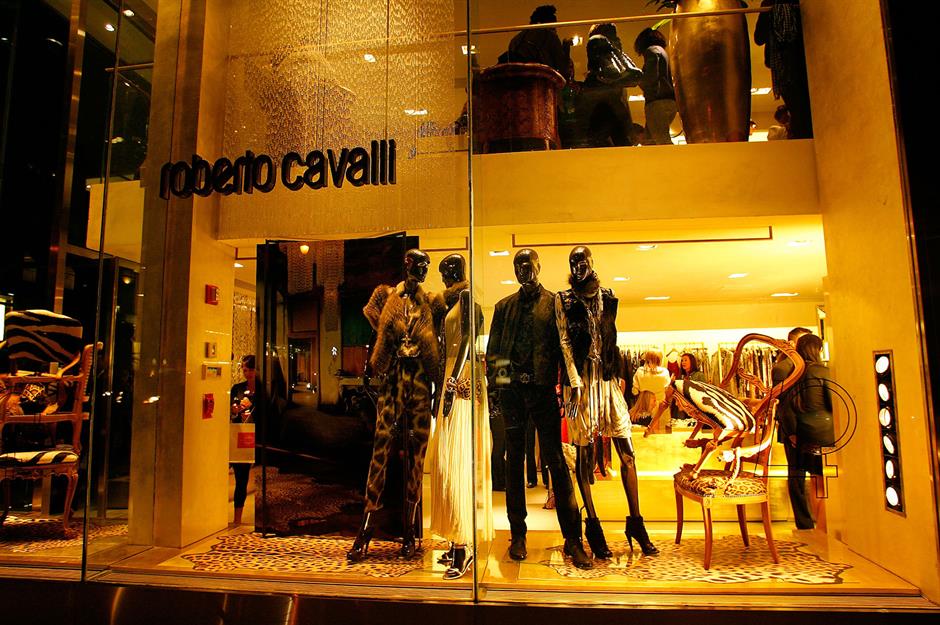
The American arm of the Italian fashion house recently closed all its stores and is now preparing to liquidate all operations in North America. Unable to pay its debts, the company filed for Chapter 7 bankruptcy protection in April 2019, and shut its American stores. European operations continue, but an Italian court most recently approved the plan to sell the company to Dubai-based real estate developer Damac for an undisclosed amount.
Sears
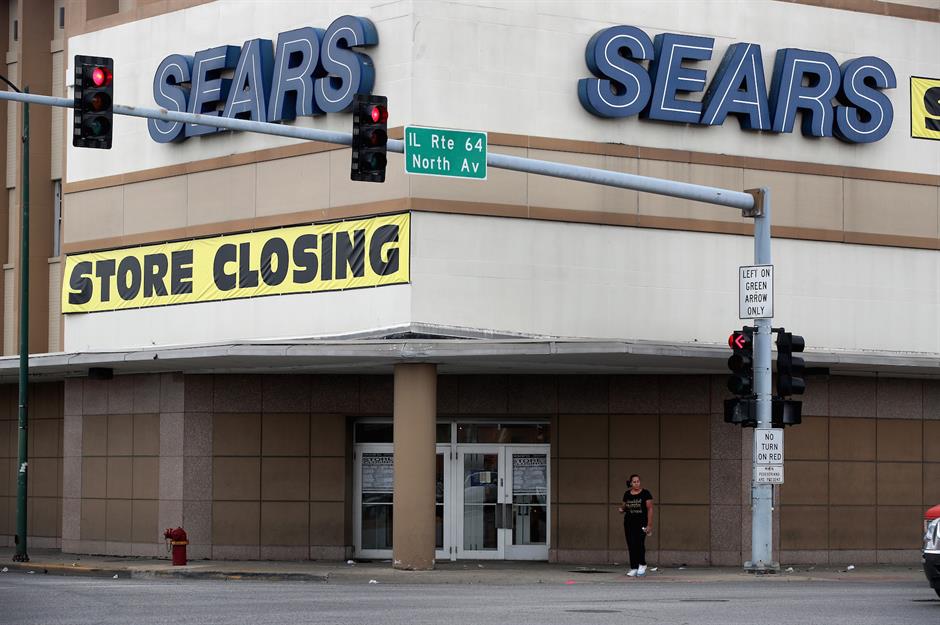
Sears
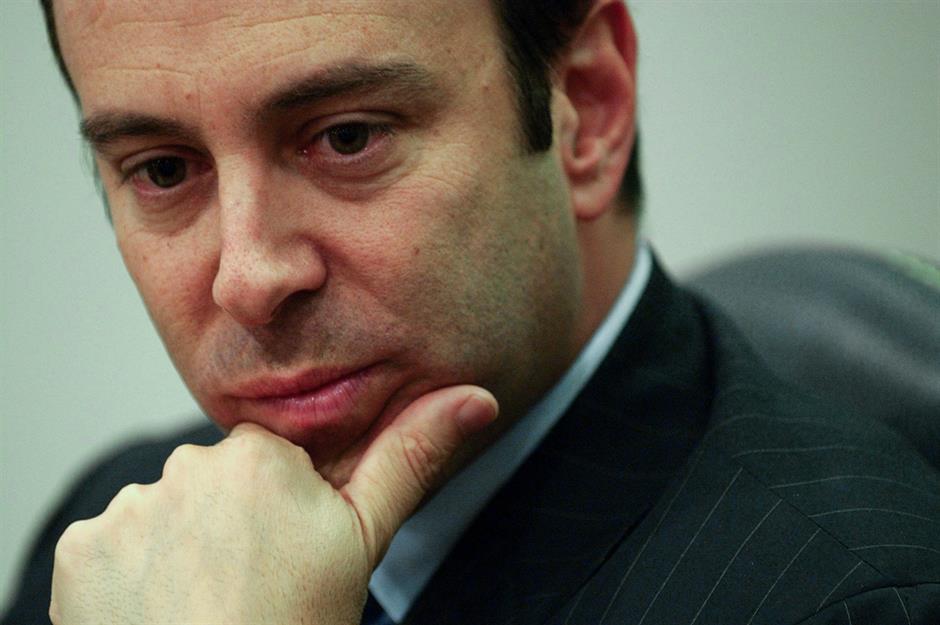
In October 2018, Sears filed for Chapter 11 bankruptcy, listing $6.9 billion (£5.65bn) in assets and $11.3 billion (£9.3bn) in liabilities. What followed was a wave of hundreds of store closures and the threat of liquidation. In February 2019, Sears chairman Edward Lampert received court approval to buy the struggling company for $5.2 billion (£4.3bn) through his hedge fund ESL Investments and keep it running. However, the deal was protested by some creditors who saw it as a means for Lampert to strip the company of assets. Senator and presidential candidate Elizabeth Warren and Representative Alexandria Ocasio-Cortez have also attacked Lampert's avoidance of paying severance to workers who lost jobs due to the company's bankruptcy, which he had comitted to as part of the deal. Many have also accused Lampert of making business decisions that led to the retailer's decline in the first place. But the deal means that for now over 400 stores will now remain open.
Victoria's Secret

Known for its "angels", Victoria’s Secret's fashion shows are legendary and helped the company become the number one lingerie label in the US. The retailer, which was founded in 1977 by husband and wife Roy and Gaye Raymond in California and was bought in 1982 for $1 million by L Brands. Victoria's Secret now operates more than 1,100 stores in the US, Canada, China, Ireland and the UK. However, the brand has found that its underwear, hosiery and swimwear are not selling as well anymore...
Victoria's Secret
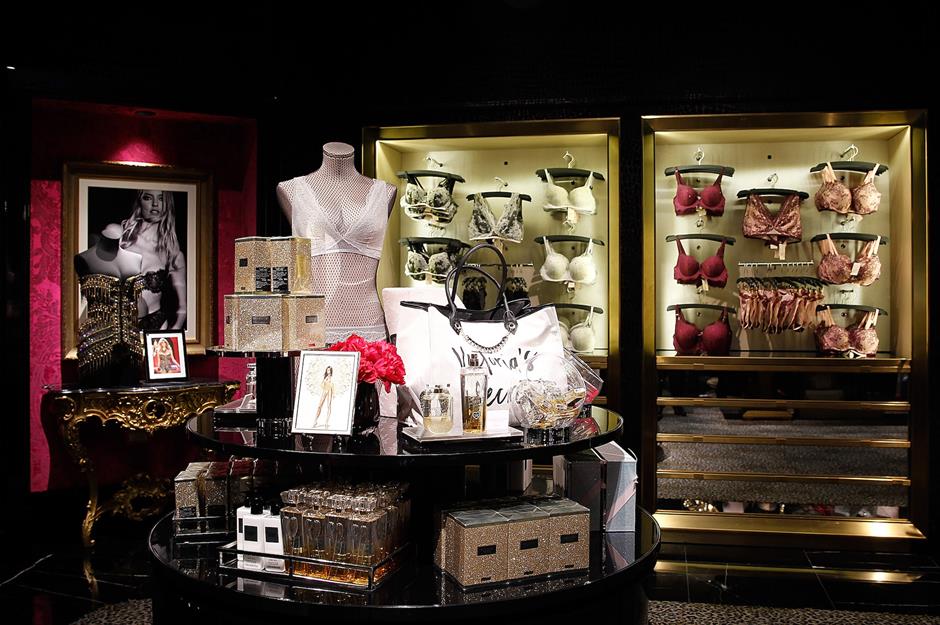
In 2018, sales fell by 3% as customers switched to more comfortable and inclusive competitors. Consequently, Victoria’s Secret owner L Brands decided to close 53 stores this year and pulled back on investing in new and remodelled stores. Additionally, the brand cancelled its legendary fashion show as for the past five years fewer viewers have been interested in watching the "angels" walking down the runway.
Barneys New York
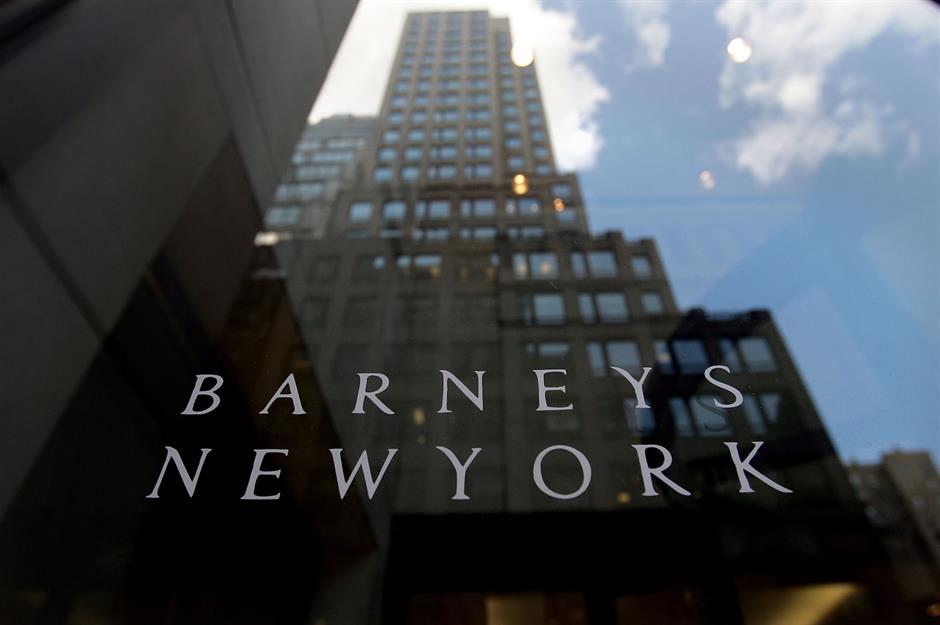
Luxury department store Barneys New York has been around for almost a century and survived some difficult times in the past. But will it be that lucky again? The retail chain operates several large flagship stores and two warehouses in the US, but already had to file for bankruptcy in 1996 due to a disagreement with a Japanese partner. The filing allowed Barneys to close some stores that were no longer profitable. But sadly history has repeated itself and following years of expansion now finds itself in serious trouble again.
Barneys New York
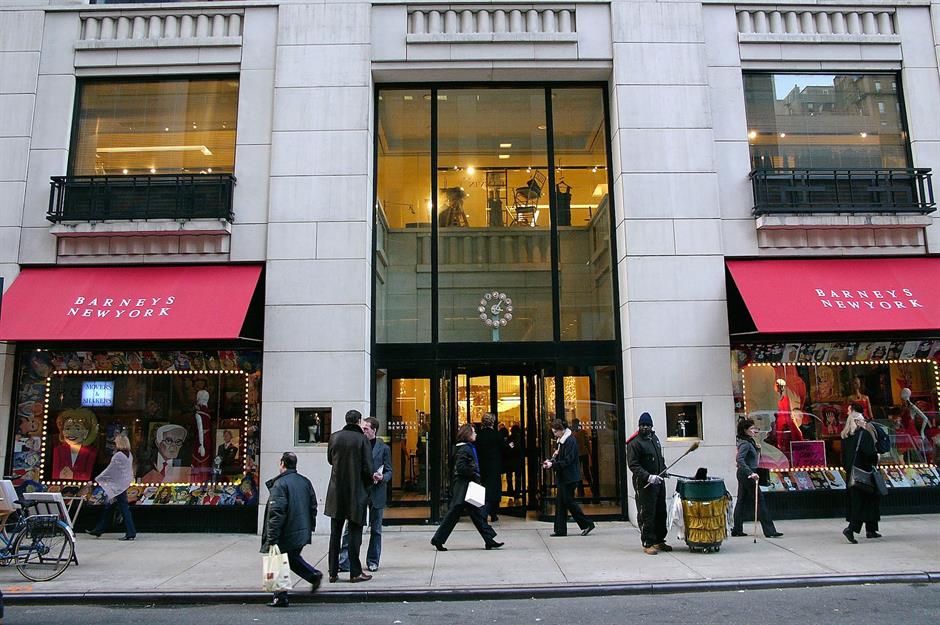
Barneys’ avant-garde style didn’t convince customers in cities like Seattle and Chicago, where the chain is now closing its stores. In fact, the retailer is trying to avoid liquidation by significantly reducing its size, closing 15 of its 22 stores, and putting itself up for sale after it had to file for bankruptcy again in August 2019. According to The Wall Street Journal, a potential buyer is currently preparing a bid of about $270 million (£211.6m) for the struggling department store.
Then and now: America's oldest stores still open for business
Claire's
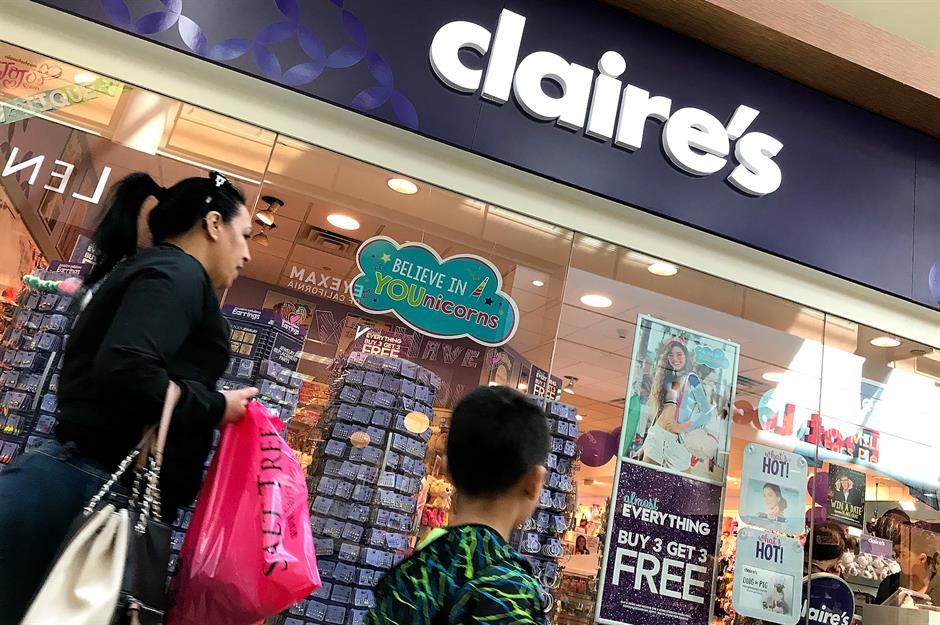
Founded in 1961 in a suburb of Chicago, retailer Claire’s (formerly known as Claire's Accessories) says it has pierced more than 100 million ears around the world. Its piercing service and accessories, often located in shopping malls, have been popular across North and South America, Europe and Asia. But at the end of 2017 the company held $2.1 million (£1.7m) in debt.
Claire's
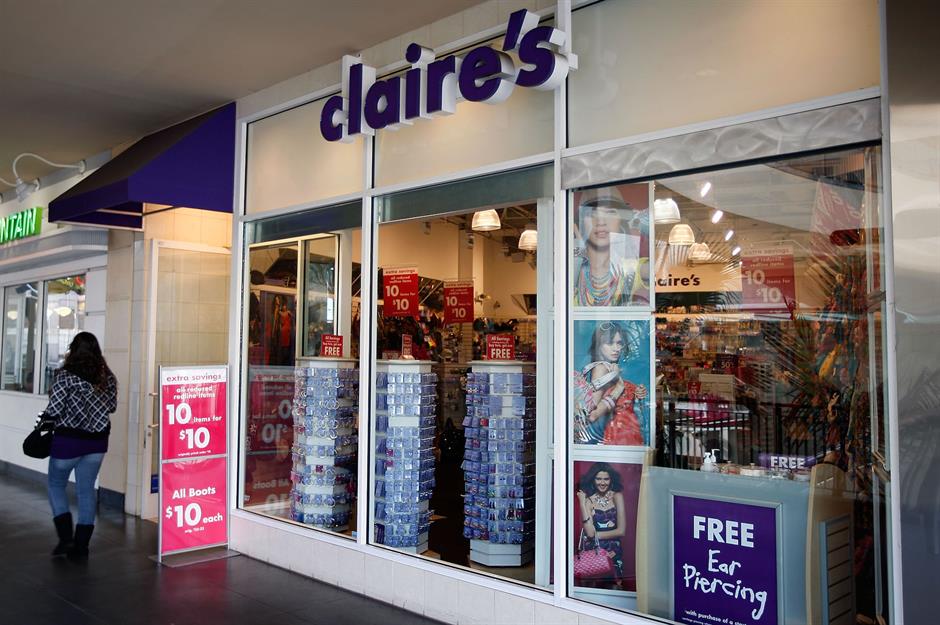
Claire’s never recovered from a deal it struck more than a decade ago when it was bought in a so-called leveraged buyout by private-equity firm Apollo Management in 2007. The American retailer was overloaded with debt after it was taken private. In March 2018, the company filed for bankruptcy in the US and has since managed to reduce its debt by $1.9 million (£1.6m). The store's international shops are not part of the restructuring.
J. Crew

American retailer J. Crew began selling women’s clothing in 1947 and grew rapidly throughout the mid-1980s thanks to flourishing catalogue sales (pictured here is a fashion week presentation). Much like accessories company Claire’s, J. Crew was taken private in 2011 in a leveraged buyout of about $3 billion (£2.5bn) by TPG Capital and Leonard Green & Partners. There was controversy at the time as the company's chief executive Millard S. Drexler seemingly controlled the buy out, waiting seven weeks to inform the board, and then refusing to consider other buyout options. The deal price was then lowered last minute. Since going private J. Crew has suffered...
J. Crew
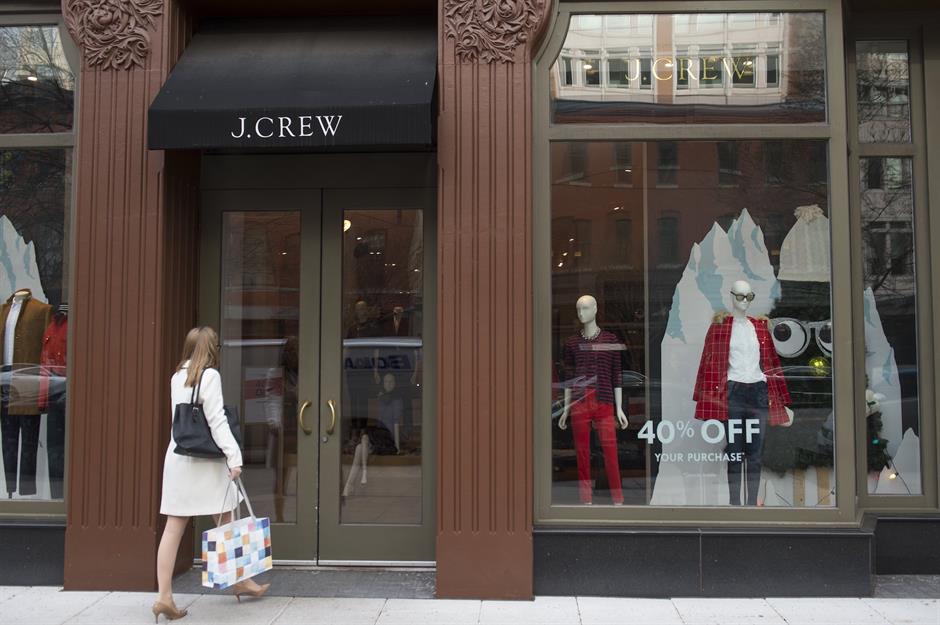
After avoiding bankruptcy in 2017 and cutting 250 jobs, J. Crew is still dealing with falling sales. In the fourth quarter of the fiscal year 2018, the company made a net loss of $74.4 million (£61m) compared with a net income of $34.7 million (£28.4m). For the second time it has now enlisted restructuring lawyers to explore options for reworking the company’s alleged $1.7 billion (£1.4bn) debts. No wonder a recent analysis by CreditRiskMonitor outlines an elevated risk of bankruptcy of up to 50% for the retailer.
Gap
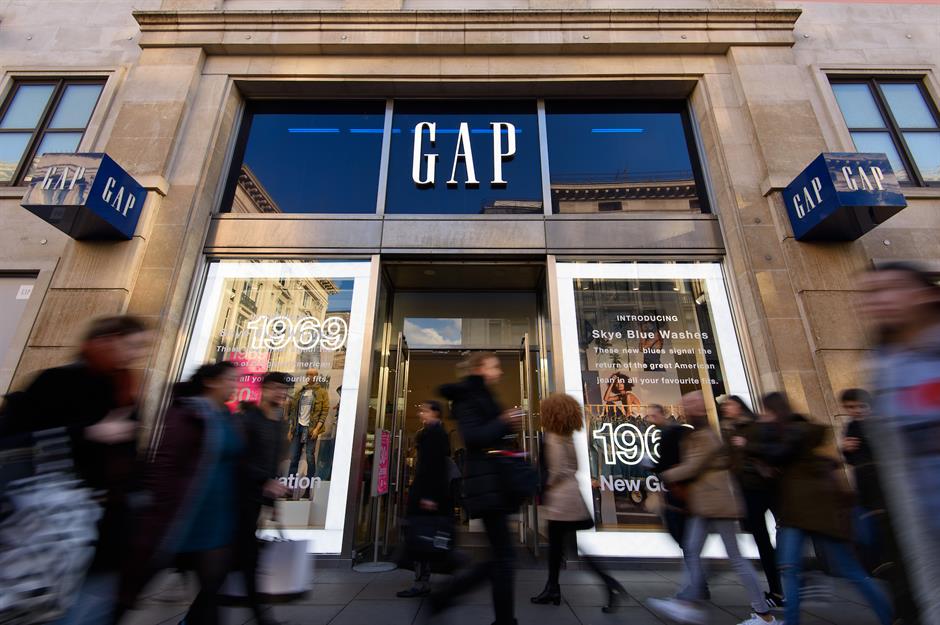
For a long time, Gap has been a staple in shopping centres all around the globe. The clothing retailer from San Francisco which turned 50 this year operates in 43 countries and owns the brands Banana Republic, Old Navy and Athleta. For decades Gap’s fashion was selling well but now more and more consumers are turning away from its classic, unchanging designs.
Gap
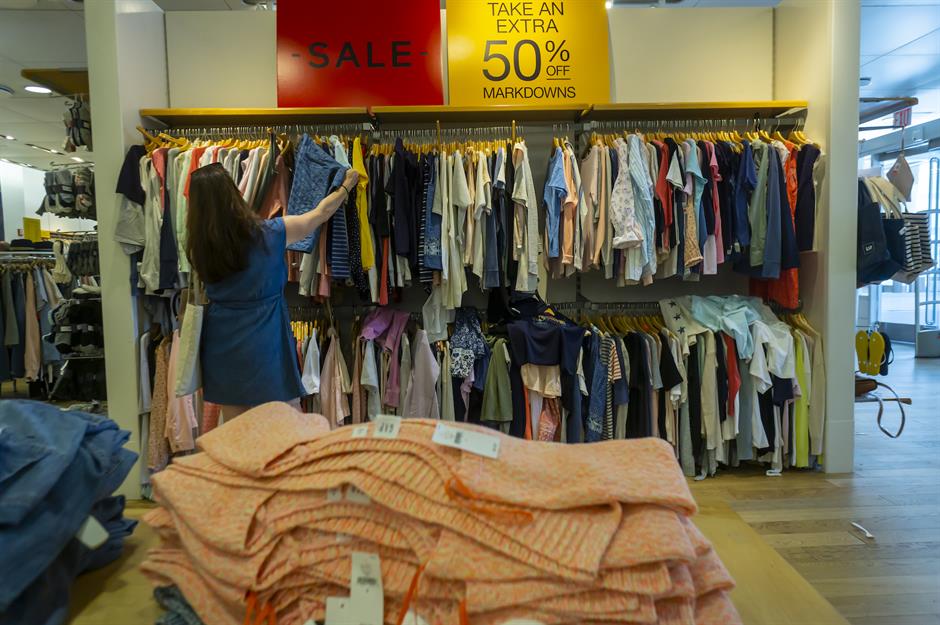
Over the next three years Gap is planning to shut about 230 of its stores due to underperformance. In the second quarter of this fiscal year same-store sales dropped 4% – worse than analysts expected. While Gap stores could soon disappear, the company’s brands Old Navy and Athleta are performing well.
Discover Businesses that dramatically changed course from what they started out doing
HMV
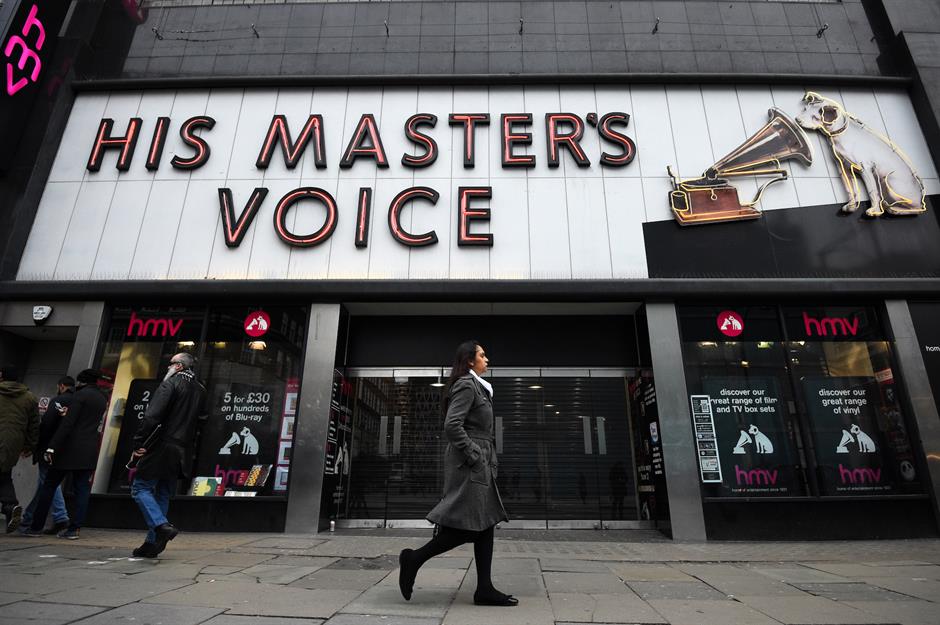
UK-based retailer HMV – His Master’s Voice – has been selling music and film for almost a century. The first store opened on Oxford Street, London, in 1921 and was owned by the Gramophone Company. In the 1960s the business began to expand and went on to become a staple on British high streets. But with the market for CD and DVD declining rapidly as consumers turn to streaming services and internet downloads, HMV fell into administration in 2013. A $61 million (£50m) takeover saved the struggling retailer, but it is currently fighting for its future again.
HMV
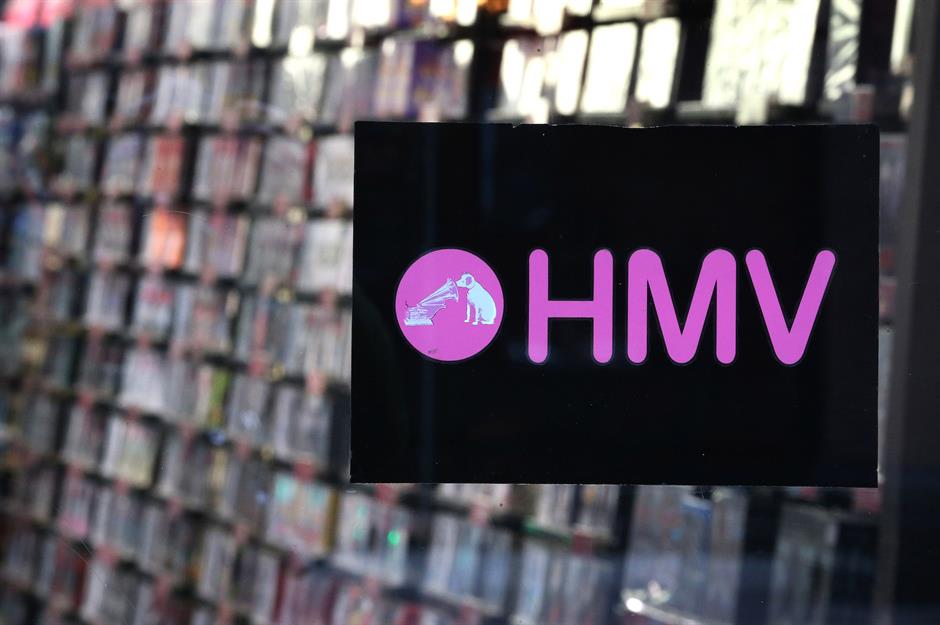
For the second time in six years HMV has fallen into administration after an "extremely weak" Christmas 2018, putting the future of 130 stores and 2,200 employees at risk. But there is some hope. Canadian music mogul Doug Putman bought the company about a month later for $1.08 million (£883k) and even though this led to 27 stores closing including its original Oxford Street flagship store, Putman's buy out will protect 100 stores and the jobs of 1,500 workers. Not only that but HMV has opened a huge concept store in Birmingham, England, called HMV Vault, which will store 25,000 records and 80,000 CDs making it one of the largest music stores in the world.
Gerry Weber
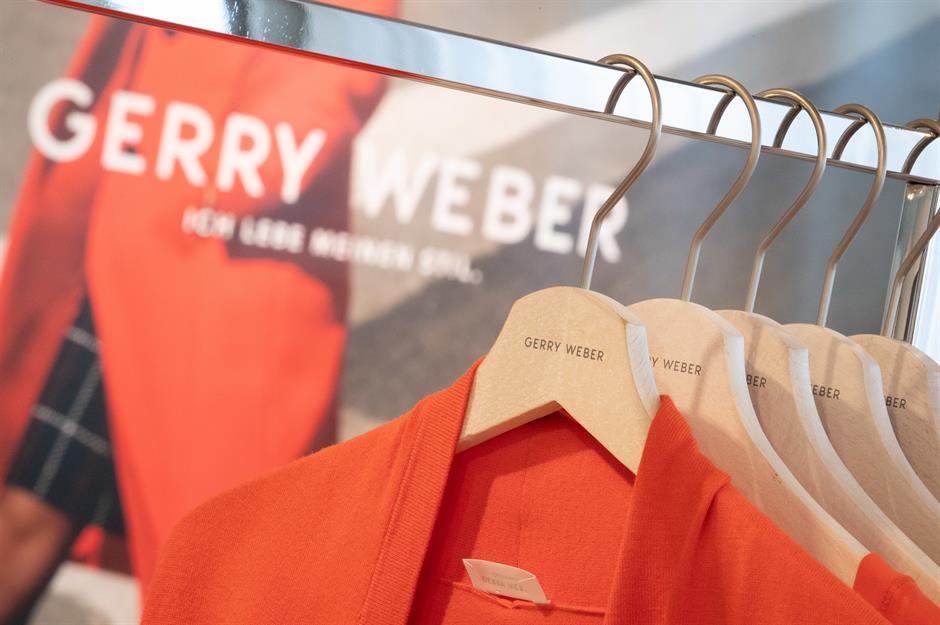
Fashion retailer Gerry Weber was established in 1973 in Halle, Germany. After producing and selling only women’s trousers in the beginning, founders Gerhard Weber and Udo Hardieck soon offered a wider range of womenswear. From the 2000s, the company quickly expanded overseas, opening stores in the US, the UK, Eastern Europe, Scandinavia and elsewhere. However, sales began to decline and losses to mount.
Gerry Weber
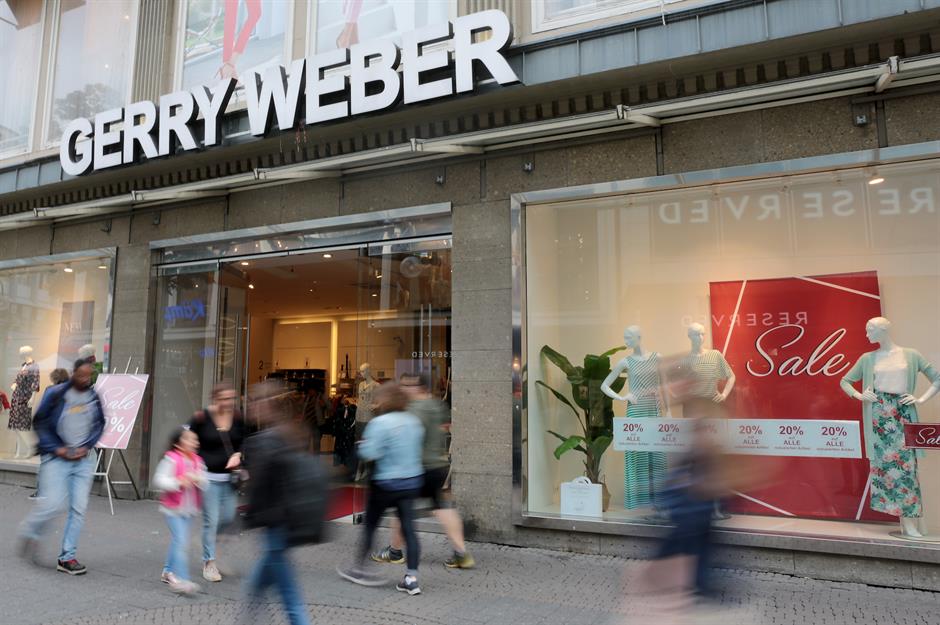
In the financial year 2017/18 Gerry Weber declared a pre-tax loss of about €192 million ($210m/£172m) giving the company no choice but to file for insolvency in January 2019. A month later the filing also affected the subsidiary Hallhuber though an investor has since been found. To save the business Gerry Weber was then sold to asset managers and is now about to close 120 stores in Germany, as well as all of its outlets in the UK.
Pier 1 Imports
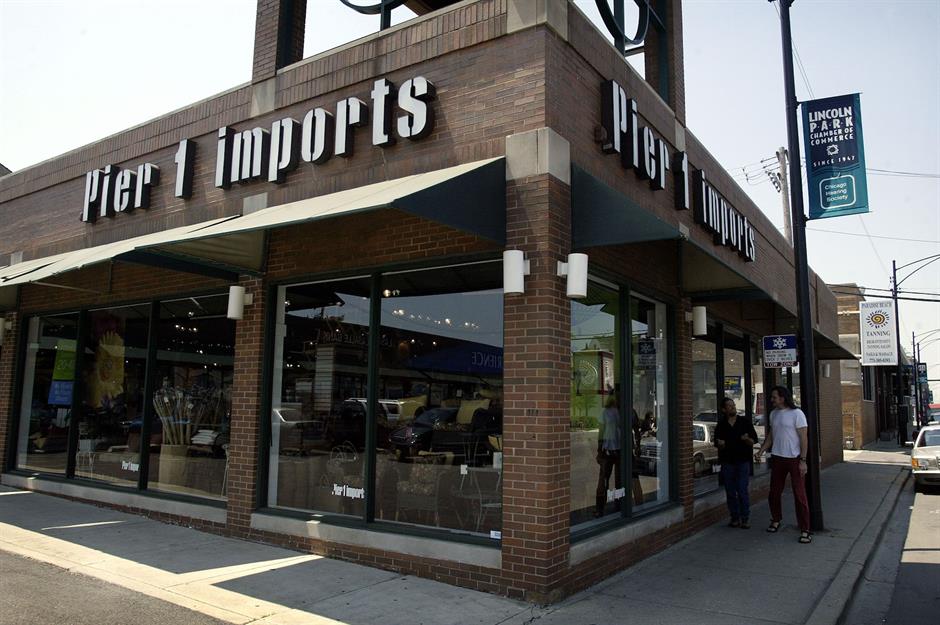
Pier 1 Imports
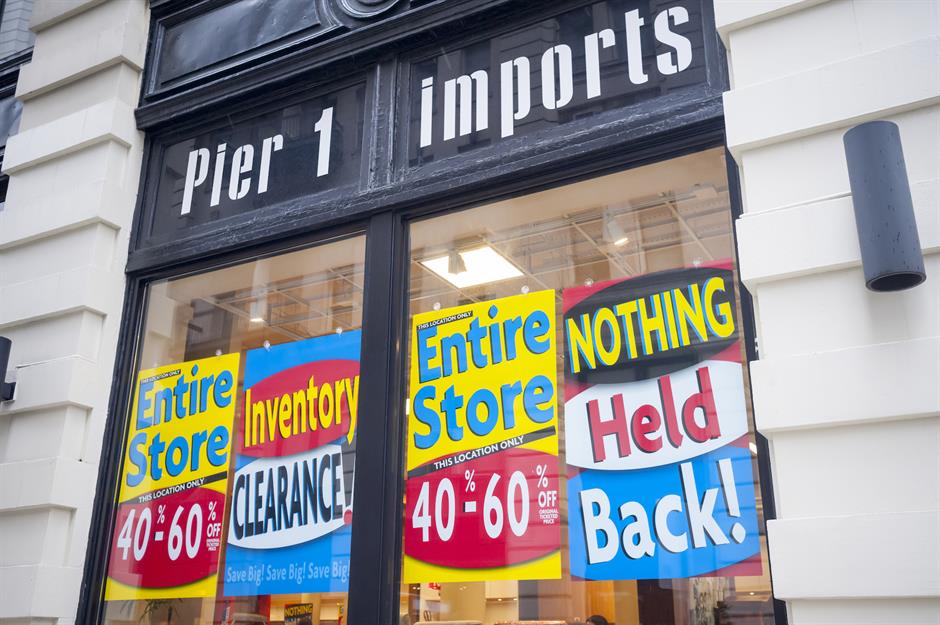
In September 2019 Pier 1 announced that it is looking to close at least 70 stores as sales are falling dramatically. This comes after the closure of 22 stores that have already closed in 2019. In the second quarter of 2019 sales were down 12.6% and net loss nearly doubled to more than $100 million (£82m).
Forever 21
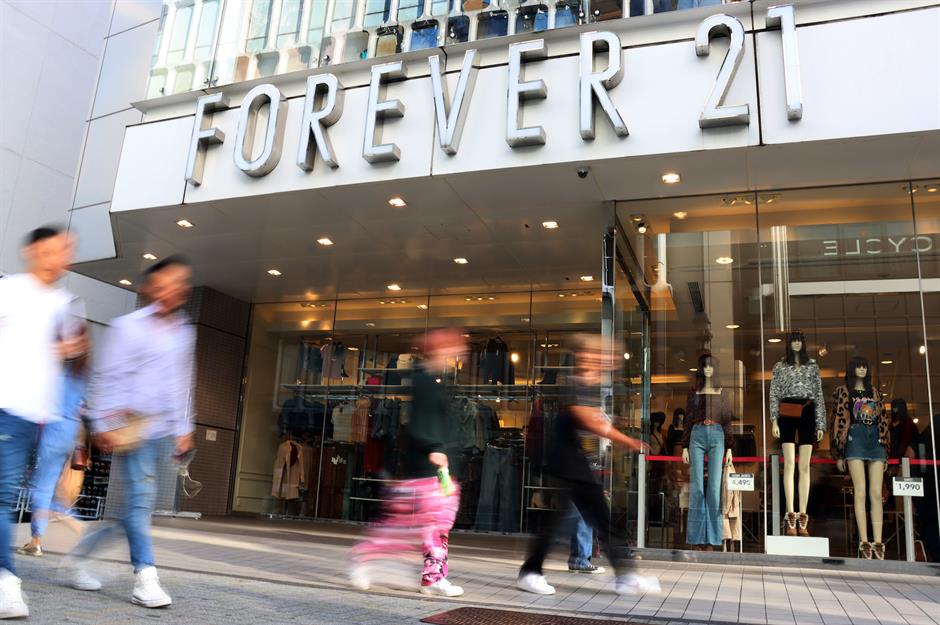
Forever 21
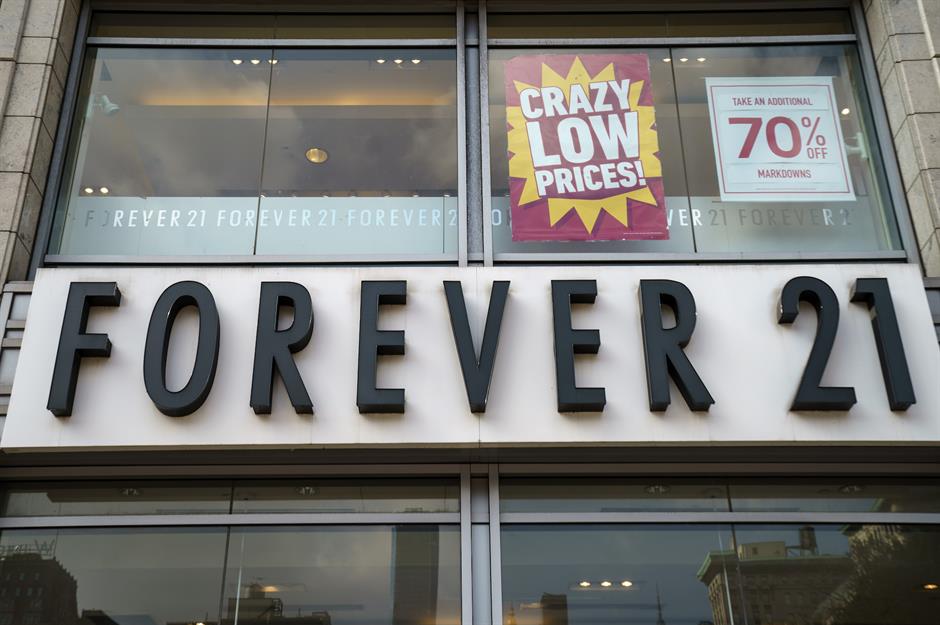
In September 2019, Forever 21 filed for bankruptcy, announcing that it would close most of its stores in Europe and Asia and some in the US. In the past few years the fashion retailer had seen dropping sales due to increasing competition from online retailers and changing fashion trends. The brand's image has also suffered from the $10 million (£7.8m) lawsuit that singer Ariana Grande has brought against Forever 21 after it used her trademark style to promote its products on Instagram, even though the star refused to partner with them in late 2018. The company now wants to “focus on the profitable core part” of its operations and is undergoing restructuring.
Now read about the other couples who built billion-dollar business empires together
Comments
Be the first to comment
Do you want to comment on this article? You need to be signed in for this feature